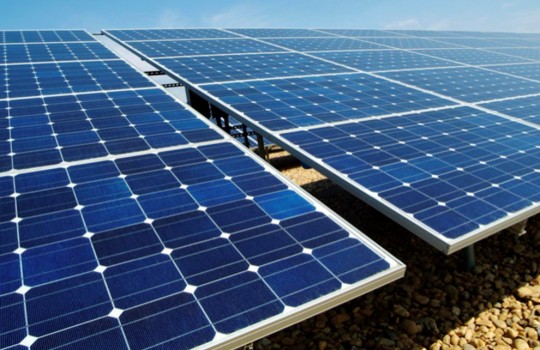
If 18 months ago investment in this sector was booming, it has plummeted due to a drop in demand and oversupply. The industry anticipates that after 2023 there will be a period of “drought” in terms of investment for all electricity generation.
End of the green boom? Renewable energy projects fall to lowest level in three years
(Pulse) It is now official: investment in energy is losing the momentum that has characterized it during the last three years, a period in which it even displaced the mining sector for months as the first recipient of foreign money flows.
One of the segments in which this phenomenon has been felt most strongly is precisely in intermittent energies, such as those based on wind and solar technology, which are part of the so-called Non-Conventional Renewable Energies (NCRE).
According to a compilation of figures from the National Energy Commission (CNE), if the capacity of projects under construction is taken into account, they have plummeted. If in 2015 a peak of close to 5,500 MW was reached in both renewable and traditional projects under development, this figure now reaches about half of that: 2,370 MW.
The technology that has declined the most in terms of MW under execution is NCRE. A year ago, this sector led in the construction of initiatives in both the Central Interconnected System (SIC) and the Norte Grande (SING) with 37% and 44% of the total projects (2,500 MW). However, today the consolidated wind and solar developments have been reduced to about 700 MW, the lowest level in three years, with a presence of 20% of the total projects under construction.
In addition, and according to the CNE’s monthly report for August, the renewable sector no longer leads construction by technology. Now, run-of-river hydro plants have the throne, with 40% of the total MW under construction.
To date, there are six run-of-river hydroelectric plants with more than 120 MW under construction, including the two plants of AES Gener’s Alto Maipo project and Enel Generación’s Los Cóndores.
How do you explain the downturn in the renewables boom? Part of this would be due to the drop in general electricity investment, given the stagnation of demand and oversupply.
So explains Hugh Rudnick, director of Systep and UC academic. “The two electricity systems, which will be interconnected next year, have more than enough installed capacity – including the projects that are allocated under the distributors’ tenders, i.e. those that are under construction or are about to be built – and deliver enough capacity so that investment will not be required for several years,” he explains.
Added to this is a significant reduction in demand growth, Rudnick adds, partly due to fewer industrial and mining projects.
In this context, Systep projects that, once everything that is in the pipeline is built, Chile will have more than five years without new projects. This, considering that the coordinator already anticipates that the bids -among others- will promote projects for 5,600 MW, of which the majority will correspond to wind energy with 2,700 MW.
“Beyond 2023, investment in generation should stop and there should be a long period, around 2027-2029, in which there should be no new generating plants, unless there is a very significant upturn in demand, which I do not believe will be the case. In practice, we will have a drought of important projects between 2024 and 2028-2029, since there would be no need for new investments”, said Rudnick.





